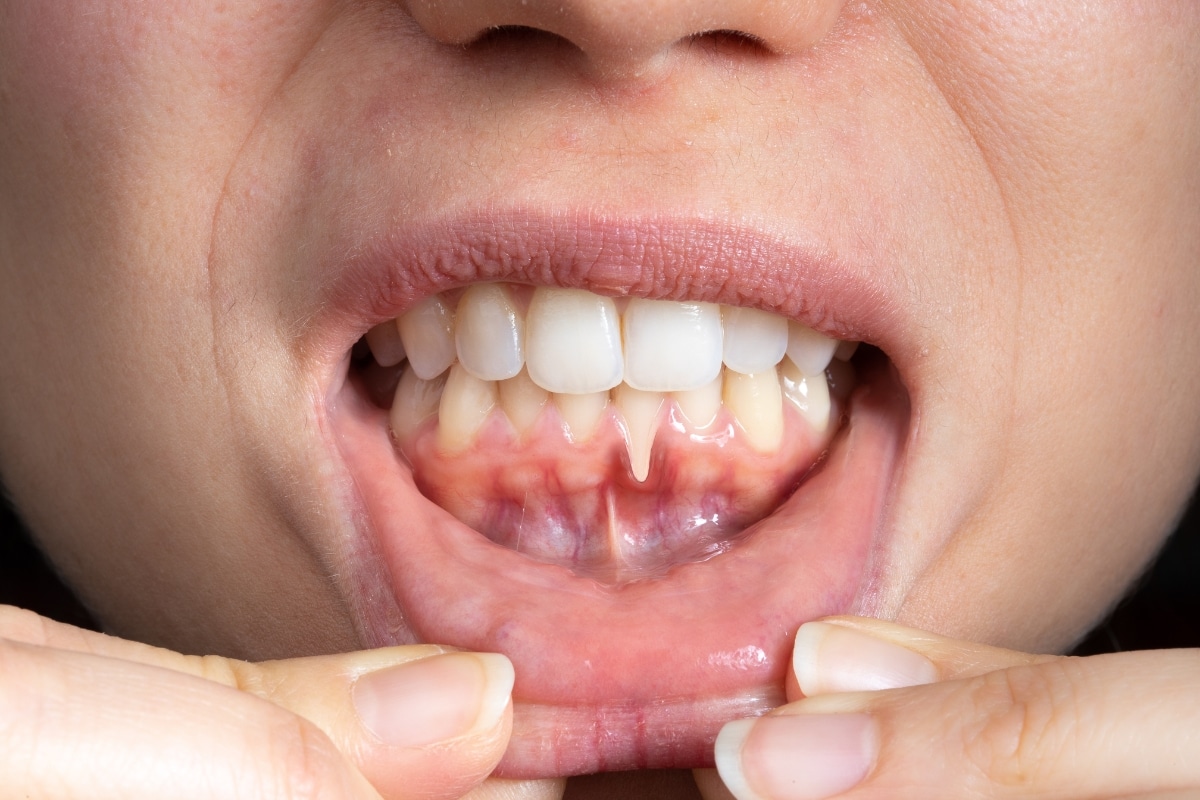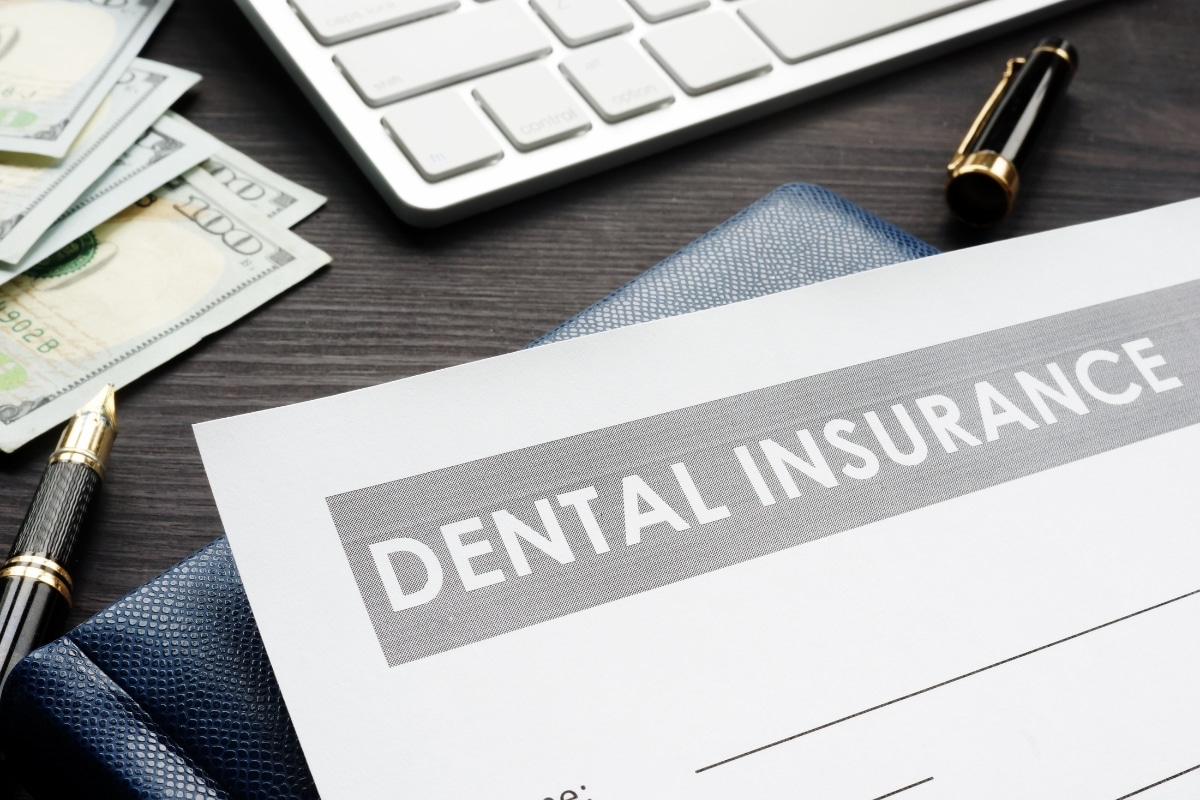Why Digital X-Rays Are The Future Of Dental Diagnostics?

Digital x-rays have revolutionized the field of dentistry, offering more precise, faster, and safer imaging than traditional x-rays. As dental care continues to evolve with technological advancements, digital x-rays stand out as a critical tool for diagnosing, treating, and preventing dental issues.
This blog will explore why digital x-rays are the future of dental diagnostics and how they are fulfilling patients’ expectations.
What are Digital X-Rays?
Digital x-rays are an advanced imaging tool used by dentists to obtain detailed views of teeth, gums, and jaw structures. These x-rays enable your dentist to track the health of your teeth and gums, detect early signs of decay or infection, and identify any abnormalities that require attention.
This type of x-rays uses a small electronic sensor placed inside the mouth to capture highly detailed images, which are instantly transmitted to a computer for real-time viewing. These images are stored electronically, making them easy to retrieve and share when needed.
The Evolution of Digital X-Rays: From Traditional To Modern
In the 1990s, dental offices started transitioning from traditional film-based X-rays to the modern digital X-rays we use today. As computing power grew and 3D imaging emerged, these technological advancements played a key role in driving this shift.
Initially, digital X-rays were costly and required significant changes in dental practices. However, as technology continued to evolve, digital X-rays became more affordable, efficient, and easier for dentists to adopt.
Today, digital X-rays are the standard in most dental offices, providing a safer and more patient-focused approach to dental care.
What Advantages Do Digital X-Rays Offer for Diagnostic Purposes?
Digital X-rays are essential in modern dentistry, especially when it comes to dental diagnostics. They offer numerous benefits, including enhanced image quality, faster access to results, and improved accuracy and detail in diagnoses.
Enhanced Image Quality
One of the most significant advantages of digital X-rays is their superior image quality compared to traditional methods. Digital X-rays produce high-resolution images that are much clearer and easier to interpret. These sharp, detailed images allow dentists to make more precise diagnoses and detect minor issues that might be missed with traditional X-rays or the naked eye.
Faster Access to Result
Digital X-rays provide results in real-time, as images are immediately transmitted to a computer. This instant access speeds up the diagnosis process and allows treatment plans to be developed much faster than waiting for traditional X-rays to be processed.
Clearer Accuracy and Detail
The increased accuracy and detail offered by digital X-rays play a vital role in diagnosing oral health conditions. These high-resolution images enable better detection of cavities and possible infections. Features like image magnification and contrast adjustment help dentists examine conditions with even greater precision, ensuring more accurate diagnoses.
How Digital X-Rays Can Benefit The Patients?
Beyond enhancing diagnostic capabilities, digital X-rays also offer significant advantages to patients, making modern dentistry safer and more comfortable.
More Comfort & Convenience
Digital X-ray is much more comfortable for patients compared to traditional X-rays. The sensors used are smaller and less bulky, making the imaging process quicker and reducing discomfort. This streamlined process leads to a more pleasant experience and higher patient satisfaction.
Secure Storage & Easy Sharing
Since these X-rays are stored electronically, they can be easily retrieved for future use, which is especially beneficial for long-term treatment plans or follow-up appointments. Digital files can also be shared seamlessly between dentists, specialists, and insurance providers, simplifying referrals and speeding up the claims process.
Less Radiation Exposure
A major benefit of digital X-ray is the significantly lower radiation exposure they provide. While some radiation is still used, these X-rays reduce exposure by up to 90% compared to traditional X-rays. This makes them a much safer option, particularly for children and pregnant women who are more sensitive to radiation.
What is the Difference Between Digital X-Rays and Traditional X-Rays?
Digital X-rays and traditional X-rays vary significantly in terms of technology, efficiency, and patient safety. Traditional X-rays rely on photographic film, which must be developed to produce images. This process takes more time and is less environmentally friendly due to the disposing of hazardous chemicals. Additionally, traditional X-rays expose patients to higher levels of radiation.
In contrast, modern digital X-rays use electronic sensors to capture images instantly, streamlining the diagnostic process and eliminating the need for film development and chemical disposal. Digital X-rays also emit up to 90% less radiation, offering a much safer option for patients.
Role Digital X-Rays Playing In Modern World Of Dentistry
Digital X-ray has transformed modern dentistry by enhancing how dental professionals diagnose and treat patients. With high-resolution images, reduced radiation exposure, and the ability to view images instantly on a computer screen, the diagnostic process becomes faster and more precise.
These X-rays also support advanced treatment planning, particularly for complex procedures such as root canals, orthodontics, and dental implants. The electronic storage of images allows for easy retrieval and sharing, improving patient record management and fostering better collaboration between oral health professionals.
In essence, digital X-rays have paved the way for more sophisticated, patient-focused care, making them an integral part of modern dentistry.
Recent Posts

Tips to Manage TMD at Home from Havertown Dental Arts

Gum Disease Warning Signs: When Havertown Patients Should Call Dr. Maconi

5 Ways to Take Full Advantage of Your Dental Benefits Before They Expire

Fueling Healthy Smiles: Local Food Choices in Havertown and Their Impact on Your Teeth


